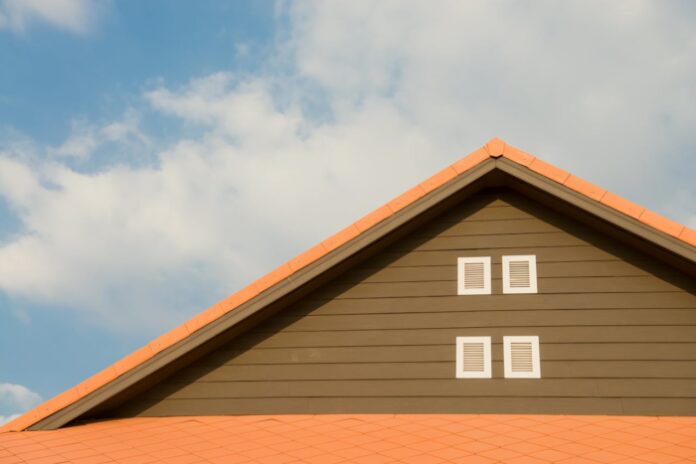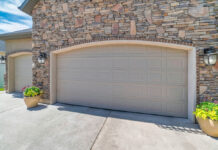The longevity and integrity of a building’s structure pivot significantly on the importance of regular roof inspections. Roofs serve as the first line of defense against environmental elements, such as rain, snow, and extreme temperature fluctuations. Over time, these forces can wear down roofing materials, leading to potential damage that may not be visible to the untrained eye. Inspections conducted by professionals can identify minor issues before they escalate into major problems, ensuring that the protective barrier remains uncompromised.
Neglecting roof inspections can lead to premature roof deterioration and, in some cases, unexpected failures that could result in costly repairs. Regular assessments allow for the timely maintenance of roofing components, which can significantly extend the life of the roof. Homeowners and building managers are advised to schedule inspections to adhere to the best practices in building upkeep, often resulting in savings by avoiding the high costs associated with extensive roof damage.
Understanding the importance of roofing inspections is vital for property maintenance. These assessments can reveal hidden damage, such as water infiltration that may lead to mold and structural decay. Furthermore, roof inspections can improve energy efficiency by identifying areas of heat loss and advising on possible solutions. As the climate shifts and severe weather incidents become more common, the demand for robust roofing systems increases, making regular roof inspections an integral part of building care.
Fundamentals of Roof Inspections
The importance of regular roof inspections speaks volumes for detecting problems early. This enhances the longevity of the roof and preserves a property’s value.
Identifying Potential Issues
During a roof inspection, a professional examines the roof to identify adverse conditions such as cracked shingles, blocked gutters, or damaged flashing. Early detection of such issues can prevent water infiltration that may lead to costly structural damage.
- Common Problems Detected:
- Broken shingles
- Damaged or missing flashing
- Clogged or broken gutters
Extending Roof Lifespan
The longevity of a well-maintained roof, emphasizing the importance of regular roof inspections, exceeds its anticipated service life. Inspectors assess wear and tear, recommending maintenance or repairs that help to maintain the roof’s integrity. Regular inspections, utilizing roof leak detection services, and prompt repairs are key to extending the roof’s durability.
- Maintenance Recommendations:
- Removing debris
- Repairing leaks immediately
- Replacing damaged shingles timely
Maintaining Home Value
The state of a roof greatly influences a property’s market value. Roofs in good condition can improve the aesthetic appeal and offer potential buyers assurance about the home’s upkeep. Thus, consistent inspections can bolster a home’s appraisal value.
- Value-Added Factors:
- Aesthetic appearance
- Functional drainage systems
- Documented maintenance history
Advanced Inspection Strategies
Regular roof inspections are essential in maintaining the structural health of a building. Through advanced inspection strategies, potential issues can be identified and addressed promptly, thereby extending the lifespan of the roofing system.
Innovative Technologies in Roof Inspection
The adoption of innovative technologies has significantly enhanced the precision and efficiency of roof inspections. Drones equipped with high-resolution cameras and thermal imaging can scan large areas quickly and detect minute damages that are otherwise invisible to the naked eye. Also, Infrared Technology can identify water intrusions by detecting temperature differentials indicative of moisture.
- High-Resolution Cameras: Capture detailed images.
- Thermal Imaging: Reveals heat anomalies caused by moisture or insulation issues.
- Infrared Technology: Detects moisture not visible to the naked eye.
Expert Evaluation Techniques
Expert inspectors combine advanced tools with specialized evaluation techniques to assess a roof’s condition thoroughly. They use Moisture Gauges to measure the moisture content in the roofing materials and employ Core Sampling, a method where a small section of the roof is removed to provide a cross-sectional view of the roofing layers. This sample is then analyzed for signs of deterioration and to check the integrity of the membranes.
- Moisture Gauges: Measure and quantify the presence of moisture in roofing materials.
- Core Sampling:
- A small piece of the roof is removed.
- Analyzed to assess the integrity and condition of roofing materials.
Find a Home-Based Business to Start-Up >>> Hundreds of Business Listings.

















































